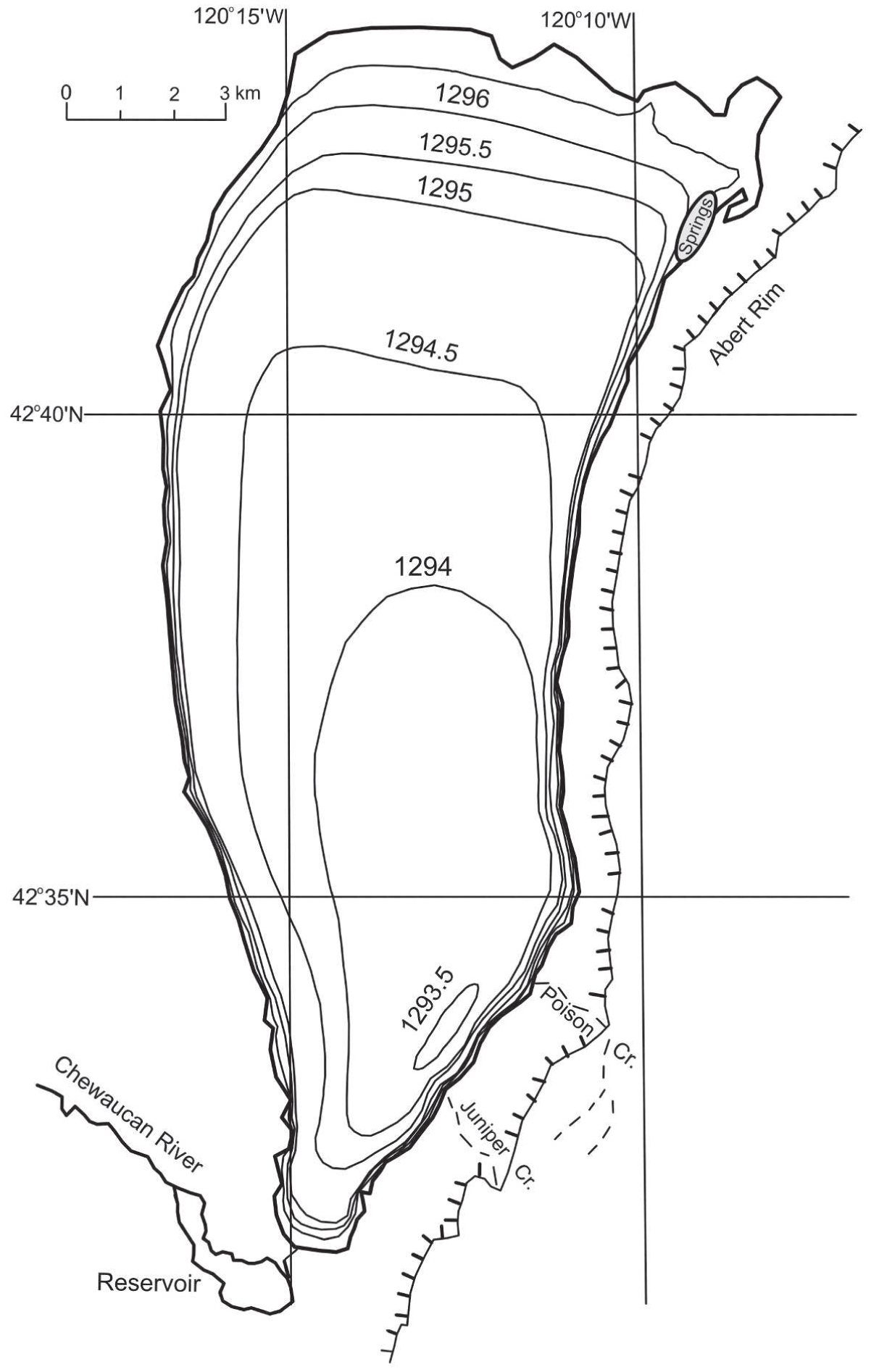

Shi, Huai-Long Jiang, Zhi-Qiang Zhou, Wei-Xing Profitability of Contrarian Strategies in the Chinese Stock Market. This work is also expected to be of value to some other fields ranging from management and social science to ecology and evolution. It is further shown that resource allocation can be optimized at the transition point by adding an appropriate size of contrarians. This finding is in contrast to the common belief that contrarian behavior always has a positive role in resource allocation, say, stabilizing resource allocation by shrinking the redundancy or the lack of resources. The transition point helps to reveal the positive or negative role of contrarian behavior. The resource ratio and system predictability serve as the tuning parameter and order parameter, respectively. Here we report the existence of a transition point in a model resource-allocation CAS with contrarian behavior by using human experiments, computer simulations, and theoretical analysis. P.Ĭontrarian behavior is a kind of self-organization in complex adaptive systems (CASs). Asset managers are only mildly contrarian with respect positive price returns.Ĭontrarian behavior in a complex adaptive system Individual investors are by far the most contrarian of the three, followed by companies.

The three categories are found to be contrarian, but with widely different intensities. Computing the probability that price returns and daily investment fluxes have the same sign provides a robust characterisation of contrarian behaviour. Using the transaction history of all the clients of an on-line broker, we analyse the daily aggregated investment fluxes of individual investors, companies, and asset managers. Qualitative discussion and analytic results for the small ac and high ac regimes are presented, and the crossover behavior between the two regimes is discussed.Ī Robust Measure of Investor Contrarian BehaviourĬhallet, Damien Morton de Lachapelle, David For high ac, the antipersistent nature of the MG is disturbed and the few normal agents outperform the contrarians. For small ac, the contrarians systematically outperform the normal agents by avoiding the crowd effect and enhance the overall success rate. The average success rate among the agents is found to have a nonmonotonic dependence on the fraction ac of contrarians. Contrarians are introduced within the context of the minority game (MG), which is a binary model for an evolving and adaptive population of agents competing for a limited resource. These contrarians are agents who deliberately prefer to hold an opinion that is contrary to the prevailing idea of the commons or normal agents. We study the effects of the presence of contrarians in an agent-based model of competing populations. Zhong, Li-Xin Zheng, Da-Fang Zheng, Bo Hui, P. I show that the fluctuation around the symmetric coexistence equilibrium is much larger in model 2 than in models 1 and 3 when contrarians are rare.Įffects of contrarians in the minority game I also obtain the equilibrium distributions using the van Kampen small-fluctuation approximation and the Fokker-Planck equation for the case of many contrarians and a single contrarian, respectively. I show that even a small number of contrarians prohibits the consensus in the entire population to be reached in all three models. In all models, congregators are assumed to like anybody. In model 2, contrarians mimic the opinions of congregators and oppose those of other contrarians. In model 1, contrarians mimic the opinions of other contrarians and oppose (i.e., try to select the opinion opposite to) those of congregators.

I investigate three models that differ in the behavior of the contrarian toward other agents. An agent is either congregator or contrarian and assumes a binary opinion. In this study I investigate linear extensions of the voter model with contrarian agents. In the voter and many other opinion formation models, agents are assumed to behave as congregators (also called the conformists) they are attracted to the opinions of others.


 0 kommentar(er)
0 kommentar(er)
